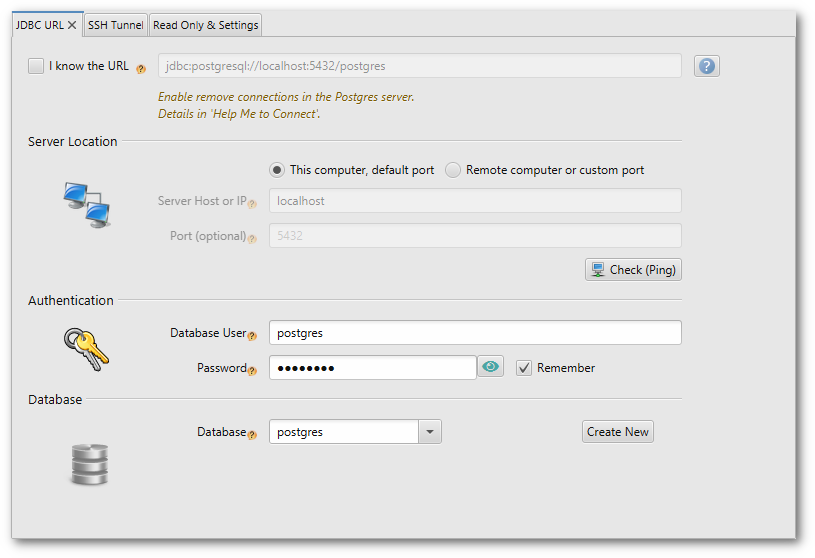

A well-designed Schema in a Data Warehouse makes life easier for Analysts by: Maintaining unique primary and foreign keys.Ī Schema organizes data into Tables with appropriate Attributes, shows the interrelationships between Tables and Columns, and imposes constraints such as Data types.In short, Database Schemas are essential to do the following: As schema also represents the relationship among tables, different databases have different schema designs to support varying business requirements. Without a proper schema, it is easy to drift away from the objective considering the scale of big data projects. Creating Relationships between Entitiesĭatabase Schema refers to a structure that represents relationships among data and defines how information is stored in a database.Designing Schema Example: Key Practices.Best Practices for Database Schema Design.It wraps up with the key practices to follow for optimal performance.

This blog talks about the Database Schemas and their types eliciting the 5 key Database Design Schema Example. But with a well-devised Database Schema, organizations can have a foolproof plan to maintain their data pipelines and meet their business objectives. With scale, these specifics become challenging for the end-user as combining the different sources of data requires mapping each source into a schema. For instance, RDBMSs are used for transactional data, data lakes for raw data workloads, and data warehouses for batch and near-real-time analytics. Consequently, Database Design Schemas and the Schema Example have gained prominence over the years that help users understand Databases easily.Įnterprises employ a myriad of dedicated systems for application-specific use-cases. Failing to do so may cost time, money, and can put the whole project in jeopardy. As a result, organizations should focus on designing superior databases to meet the objectives of projects without losing direction. You can double-click tables, views, procedures, functions, triggers, events folders in Database Explorer and the Object Viewer will open automatically.Databases are the cornerstone of almost all business projects. To view additional information about the selected schema in Database Explorer, open the Object Viewer window by selecting Object Viewer on the View menu. Select Properties on the View menu or press F4. You can view database object properties in the Properties window. Stored procedure or function parameter (in MySQL v5.0 and higher).Stored Function (in MySQL v5.0 and higher).Stored Procedure (in MySQL v5.0 and higher).

The following node types are available for MySQL server connection: To rename a database object quickly, focus on it in Database Explorer and press the F2 key or click it again after short pause. To see what actions are available for specific node, right-click on it to display shortcut menu.Īs other users modify the database, you can refresh the list of database objects displayed in Database Explorer and their properties by clicking the Refresh button.

Database Explorer allows you to view, edit, create and drop database objects. After database connection is created and opened, you can explore database schema hierarchy by expanding tree nodes.


 0 kommentar(er)
0 kommentar(er)
